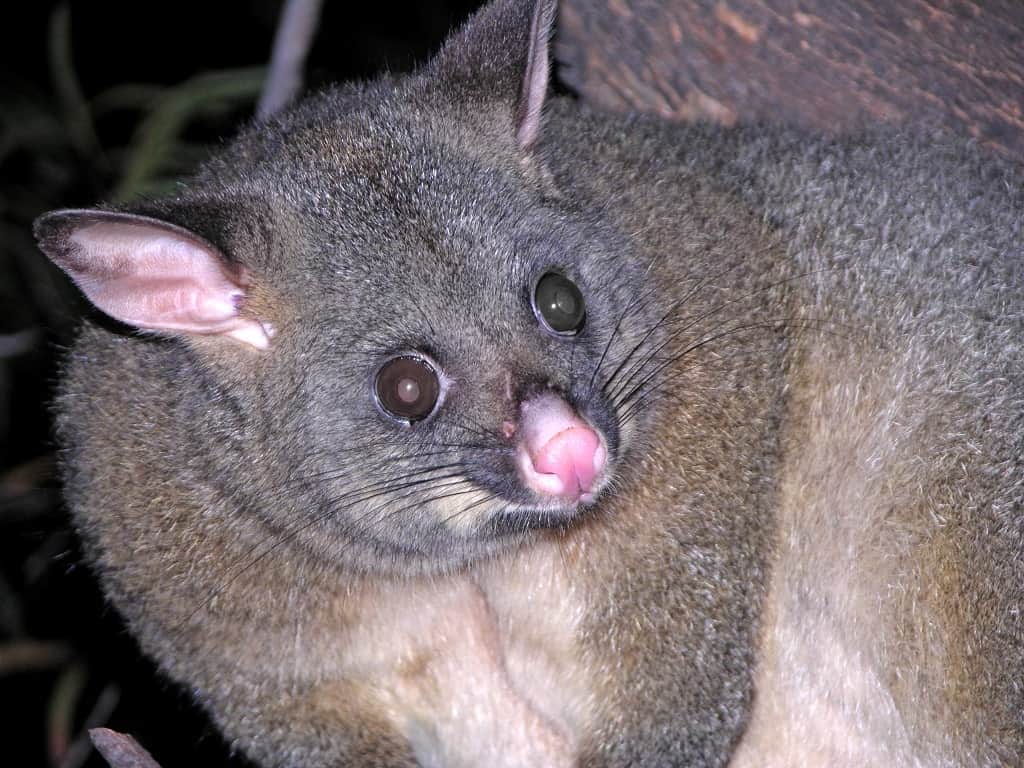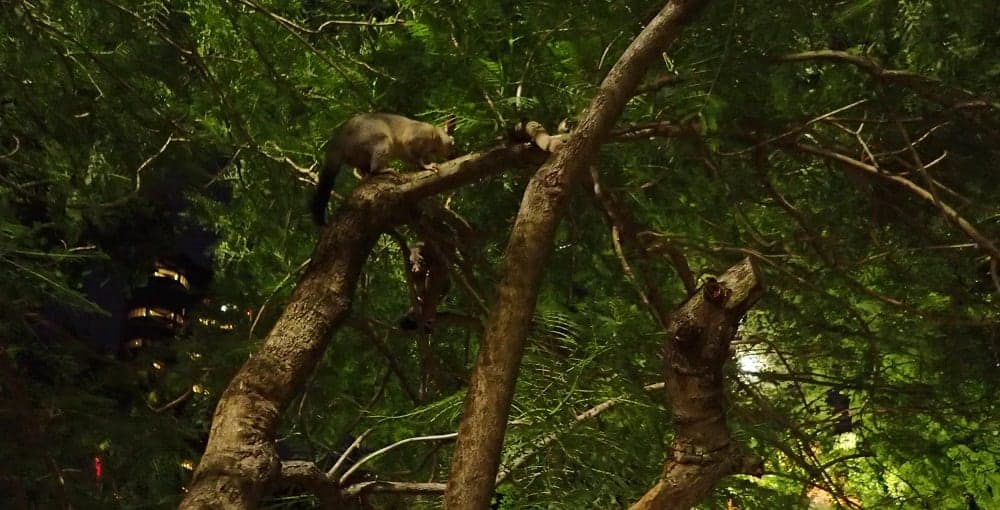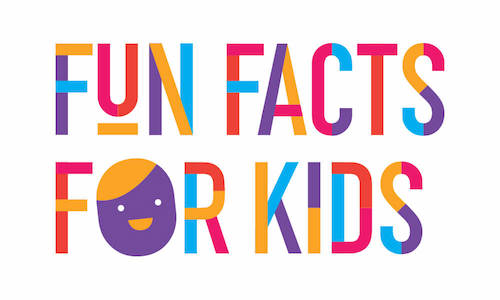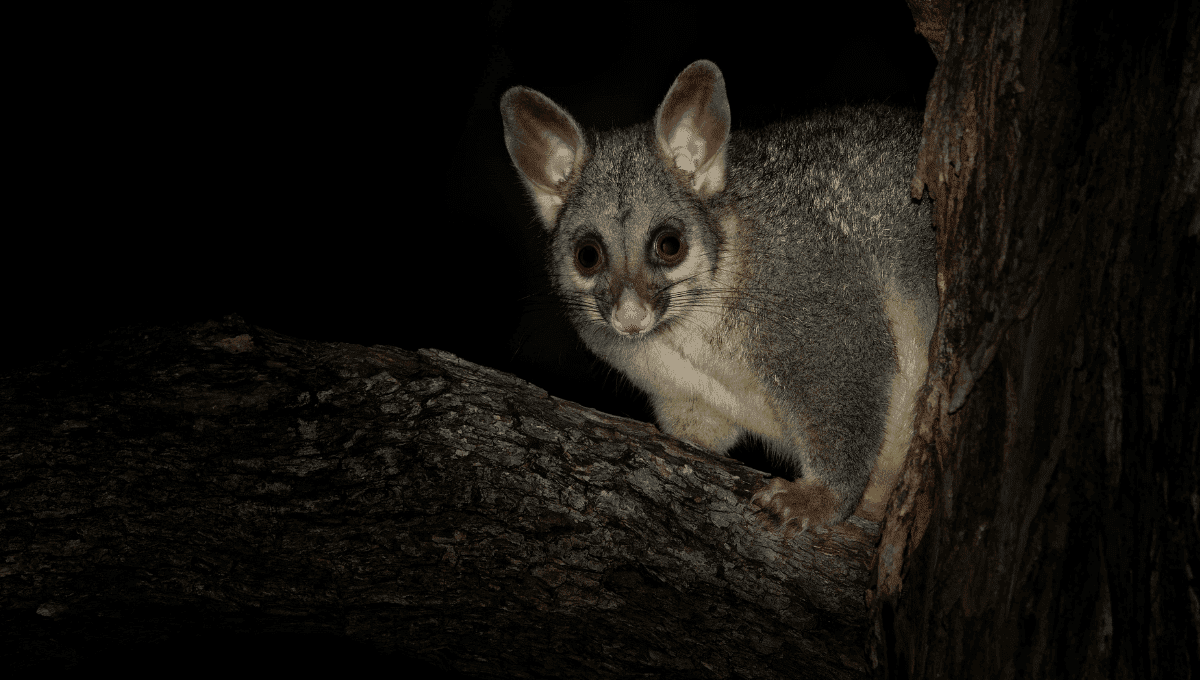Looking for Australian possum facts for kids? Australia is famous for a number of animals and these cute little creatures are on that list.
This article will give you A LOT of possum facts for kids! These beautiful creatures are fascinating in many ways. We have put together some interesting facts about possums for kids. So, if you are talking about Australian animals in school, or trying to find facts about possums for kids for a fun project, this is a good place to start.
ALL ABOUT POSSUMS FOR KIDS

Some basic information about possums for kids:
- They are marsupials: This term means that they are mammals that have a pouch to carry their young. A newborn baby is a ‘joey’. The joey, once born, travels through mum’s fur to reach the pouch located at the front of the animal, near the belly, to develop further. Babies are born in litters meaning more than one baby born at a time (depending on the types of species).
- Different species: There are 27 different types of possums AND gliders (gliders have a gliding membrane that allows them to ‘float’). Opposums are found in America but they are not the same.
- The mother’s pouch: This is a safe place for the newborn joey to spend its time. Once born, usually after 17 days depending on the species, the joey will spend approximately 7 months in mum’s pouch. The joey will feed on mum’s milk. The joey’s lips will actually ‘fuse’ around the teat of mum to ensure that it stays in place when newborn. The joey, once weaned, will stay with mum and often jumps back into the pouch for warmth.
- Young Possums: Female possums can have two litters per year. The litters vary in number dependent on the species. The gestation period also differs but averages only 17 days. The baby, as mentioned, will then spend time in mum’s pouch. Female possum is ‘jill’, whilst male possums ‘jack’.
- Life of a Possum: Possums usually live between 5-8 years dependent on species but can live as long as 11 years. They are nocturnal creatures. This means that they are active during the night. They feed mainly on plants, fruit, vegetables but also insects.
- Appearance: They are cute-looking animals. Furry, with long tails, and similar to rats in appearance (although arguably thicker fur). They vary in height and weight dependent on the species. They have terrible sight and hearing but have a keen sense of smell.
If you would like some possum stickers to embellish your school project about possums, click here.
POSSUM HABITATS
The habitat of a species, is the environment they live in. Possums live in Australia. Some species can be found in New Zealand and some parts of Asia. Opossums are a similar creature found in America. The habitat of the possum varies depending on the species. This ranges from forest-like environments, hollows of trees, dreys (a name given to nests), and you may find urban possums. Regularly, people locate possums in their gardens, veggie patches or even taking up residence in their roof!
DANGERS FOR POSSUMS
This varies depending on the species. There are some species which are endangered and feature on the International Union for the Conservation of Nature (IUCN) Endangered list. Listed as ‘critically endangered’: the Leadbetter’s Possum found in Victoria and the Mountain Pygmy possum which is found in South East Australia. The IUCN lists threatened species of animals and plants. This means that they raise the profile of animals that are in danger of becoming extinct (no longer living).
The Endangered Animals list within the ICUN, has 7 categories ranging from least concern (not currently worried about them) to critical (meaning that there is a real possibility they will become extinct). By raising the profile of a species via their ‘red list’, it provides advice and research to ongoing local projects to help protect the habitat and animal to help them survive.
Some possum species are very common and face dangers such as other predators (even your pets such as cats and dogs). Environmental factors have played a part in decreasing numbers to some species with bushfires and droughts in some areas.
AUSTRALIAN POSSUM FACTS FOR KIDS

There are twenty-seven different species (types) of possums.
The two most common possums in Australia and the Ringtail possum and the Brushtail possum.
Ringtail possum
A Ringtail possum is a bit like a koala in that it is a folivore. This means that it eats mainly foliage, the leaves of trees and shrubs. Particular favourites are the new growth of the lilly-pilly and fig leaves. They are social critters tending to live in a family group in a drey. A drey is a nest of leaves woven together on a tree branch or fork. Ringtail possums often have two, even three joeys.
Brushtail possums
Brushtail possums eat leaves, flowers, fruits and insects. They are extremely territorial living a solitary life in a tree hollow. Brushtail possums are particularly adaptable and with the extreme lack of hollow trees available they make good use of house ceilings and other nooks to shelter in. Brushtail possums usually only have one baby at a time.
Urban possums have much smaller territories than their wild bush counterparts.
Very briefly other possum varieties include:
Greater Glider
The Greater Glider is the largest of the gliders in Australia with lengths of up to 40cm. Feeds on eucalypt leaves.
Feathertail Glider
The feathertail glider is the smallest of the gliders with lengths of up to only 8 cm.
Yellow-bellied Glider
This possum is known to have a very loud shriek!
Squirrel Glider
The Squirrel Glider is usually found in forests in eastern Australia.
Sugar Glider

This is the most common of the gliders found in Australia.
Mahogany Glider
Endangered species. Located to a very small area in northern Queensland.
Western Pygmy Possum
A tiny possum that is so light, it can actually hang from a blade of grass.
Daintree River Ringtail Possum
Found in northern Queensland.
Lemuroid Ringtail Possum
Found in north Queensland rainforests.
Rock Ringtail Possum
One of the few species of possums that lives in family groups.
Herbert River Ringtail Possum
Only waits until it is completely dark to move around.
Common Spotted Cuscus
Found in New Guinea.
Southern Common Cuscus
Found in tree hollows.
Green Ringtail Possum
Found in rainforests and as the name suggests as a dark green colouration to its fur.
Leadbeater’s Possum
Critically endangered.
Mountain Pygmy Possum
Critically endangered.
Mountain Brushtail Possum (northern and southern)
Located in the Great Dividing Range, Australia.
Scaly-tailed Possum
It’s unique appearance contains a bumpy tail which helps with grip when climbing.
Honey Possum
Feeds on flower nectar and pollen.
Eastern Pygmy Possum
Found mainly in Tasmania.
Long-tailed Pygmy Possum
Found in northern Queensland and New Guinea.
Striped Possum
As the name suggests, stripy in its appearance.
Western Ringtail Possum
Located in Western Australia.
Little Pygmy Possum
The smallest possum!
FUN FACTS ABOUT POSSUMS
- Gliders can travel up to 100 metres in a single jump due to the gliding membrane found in some species.
- The gliding membrane, found in Gliders, is a flap of skin stretching from its front paws to its ankles which allows them to glide in the air.
- ‘Passel’ is the group name given to possums.
- Possums can live for up to 11 years, dependent on the species.
- It is illegal to kill or hunt possums as they are protected in Australia.
- Brushtail Possum and Ring tail Possums are the most common species of possum in Australia.
- The largest possum is the Cuscus.
- The smallest possum is the Tasmanian Pygmy Possum.
- Most possums travel alone.
- Possums are noisy! They can make a range of sounds from grunts, screeches and hisses – you will certainly hear them if they make it into your roof!
How can we help possums?
These fun possum facts for kids are a great way to learn about these beautiful creatures.
If you are wanting even more facts for kids about Possums, why not visit your local wildlife venue or zoo to find out more. You could even try and create a nest to encourage local possums into your yard – but remember not to hand feed them.
If you would like to learn even more about possums, check out these books!
MORE FACTS FOR KIDS
If you are looking for more great facts for kids to help with projects, check out our articles:
Animal facts for kids
- Ant Facts for Kids
- Crocodile Facts for Kids
- Dolphin Facts for Kids
- Echidna Facts for Kids
- Bee Facts for Kids
- Australia’s Deadliest Animals Facts for Kids
- Cheetah Facts for Kids
- Endangered Animals Facts for Kids
- Kangaroo Facts for Kids
- Koala Facts for Kids
- Quokka Facts for Kids
- Dog Facts for Kids
- Cat Facts for Kids
- Butterflies Facts for Kids
- Dingo Facts for Kids
- Turtle Facts for Kids
- Penguin Facts for Kids
- Whale Facts for Kids
- Wolf Facts for Kids
- Sustainability Facts for Kids
- Recycling Facts for Kids

